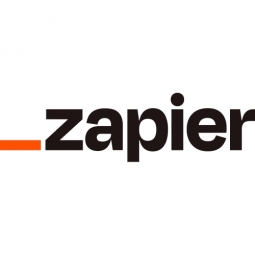Pivoting to Virtual Team-Building: How Museum Hack Leveraged Automation for Business Growth
- Infrastructure as a Service (IaaS) - Virtual Private Cloud
- Wearables - Virtual Reality Glasses, Headsets & Controllers
- Cities & Municipalities
- Transportation
- Logistics & Transportation
- Sales & Marketing
- Leasing Finance Automation
- Material Handling Automation
Museum Hack, a company that used to run public museum tours and offer private tours for team-building events, was hit hard by the COVID-19 pandemic. The need for social distancing made their traditional business model untenable. The company decided to pivot to a virtual team-building service, called TeamBuilding, but faced several challenges. Firstly, they needed to manage leads from prospect to closed sale, a task that was becoming increasingly complex due to the high demand for their new service. Secondly, they had to identify qualified leads and prioritize action, a process that had to be revisited due to changes in their business model. Thirdly, they needed to streamline general operations, as routine tasks were becoming time-consuming for their rapidly growing business. Lastly, they had to ensure smooth handoff of new clients to the logistics team, a task that was often overlooked due to long working hours.
Museum Hack is a small business that used to offer public and private museum tours as team-building events. Their customers included families, parties, and corporate groups. However, the COVID-19 pandemic forced them to pivot their business model. They now offer a virtual team-building service called TeamBuilding. Despite the challenges brought about by this pivot, Museum Hack has managed to scale their new business model and access new markets around the world, including Europe, Asia, and Australia. They now work with larger-scale organizations than they did before.
Museum Hack turned to automation to address these challenges. They used Zapier, a tool they were already familiar with, to automate administrative tasks. For lead management, they used Zaps to keep track of prospects and ensure data was handled correctly. To identify and prioritize qualified leads, they used Zaps to alert the team about priority leads for faster follow-up and improved close rates. To streamline operations, they automated routine tasks like sharing calendar invites, speeding up the process from proposal to booking. For client handoff, they set up a Zap that created a customized introduction between the client and their logistics team whenever a new client signed up and paid. This freed up the sales team from administrative work, allowing them to focus on getting more leads.
Related Case Studies.

.png)









